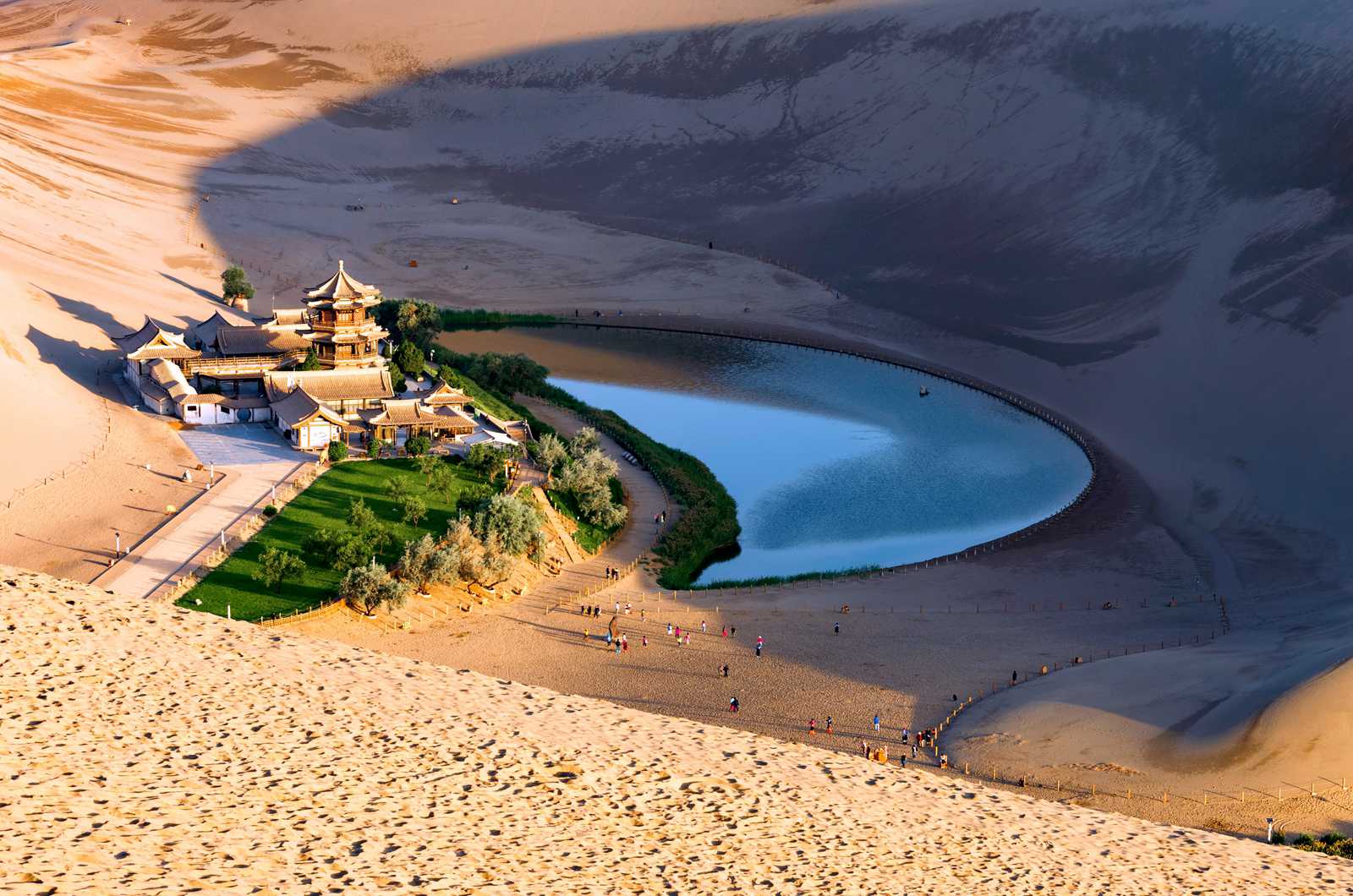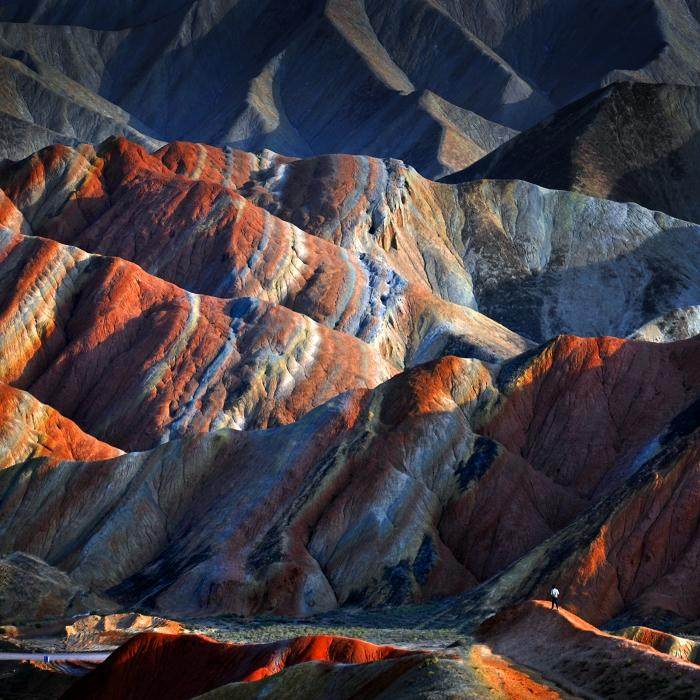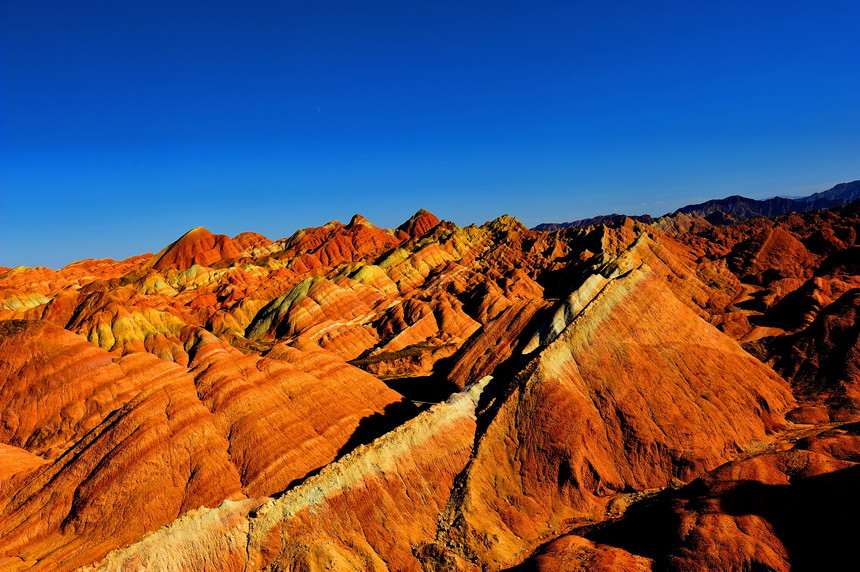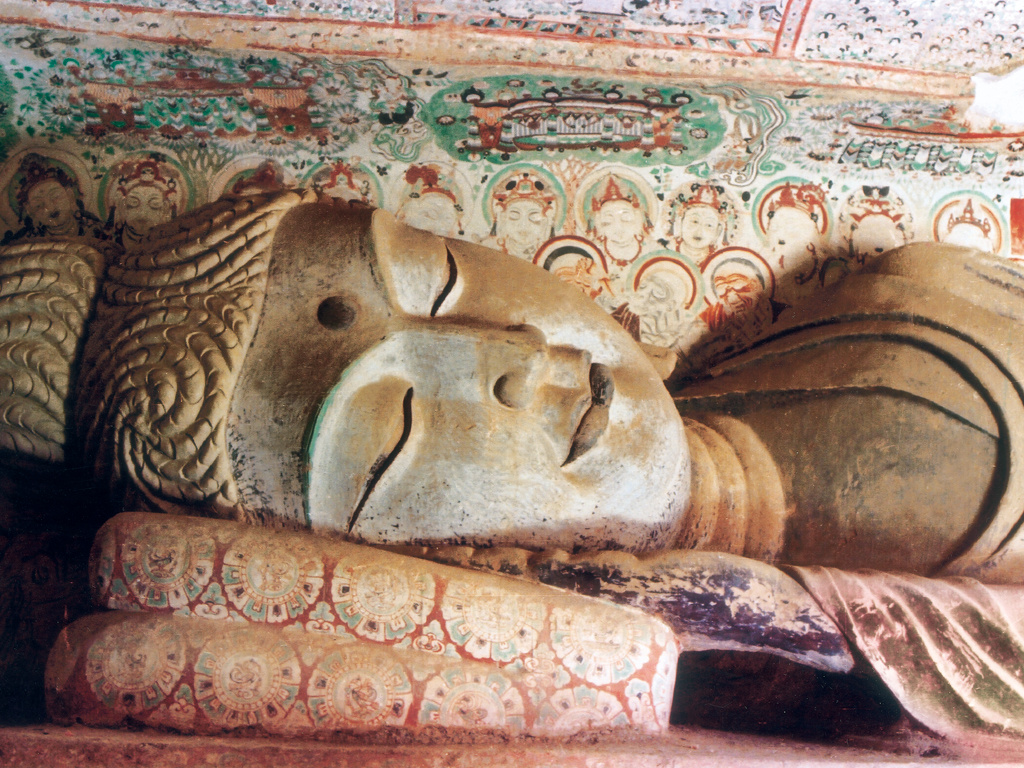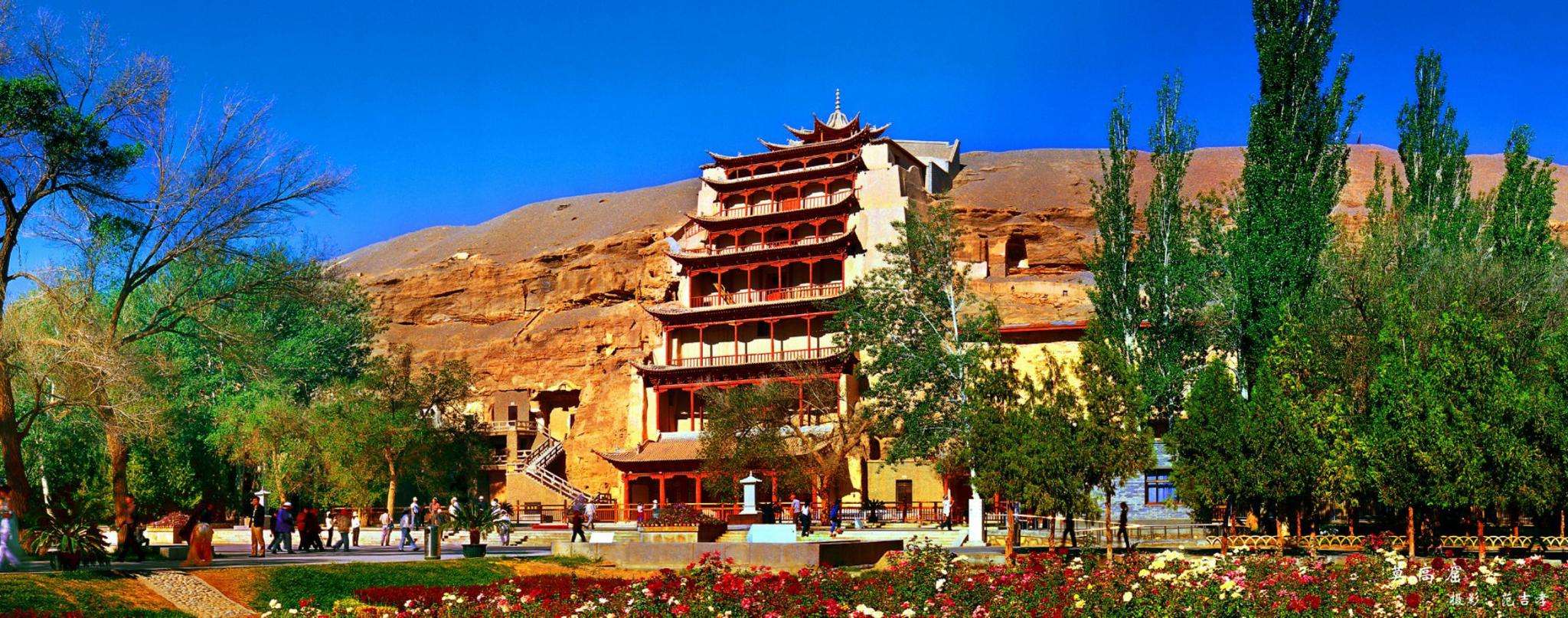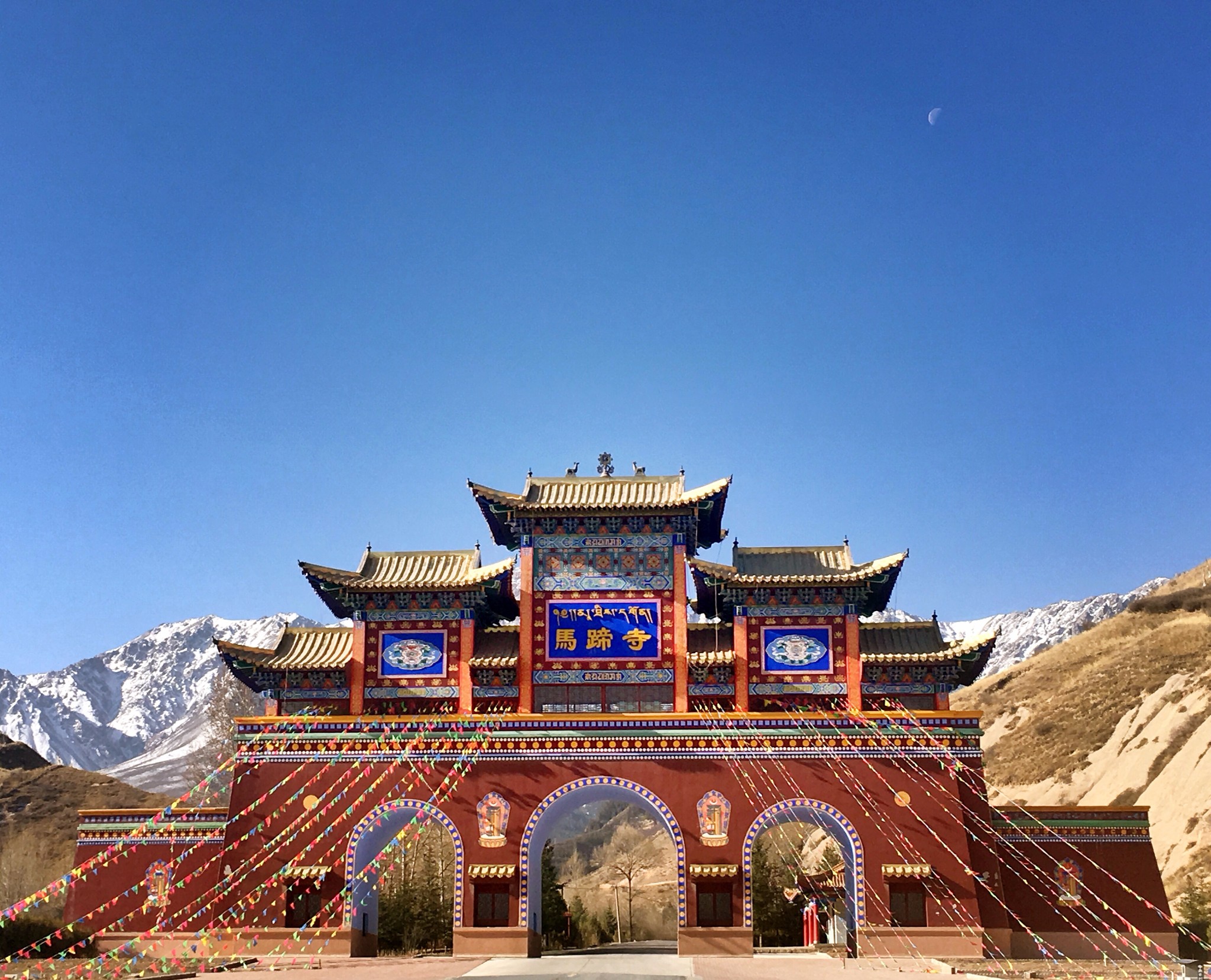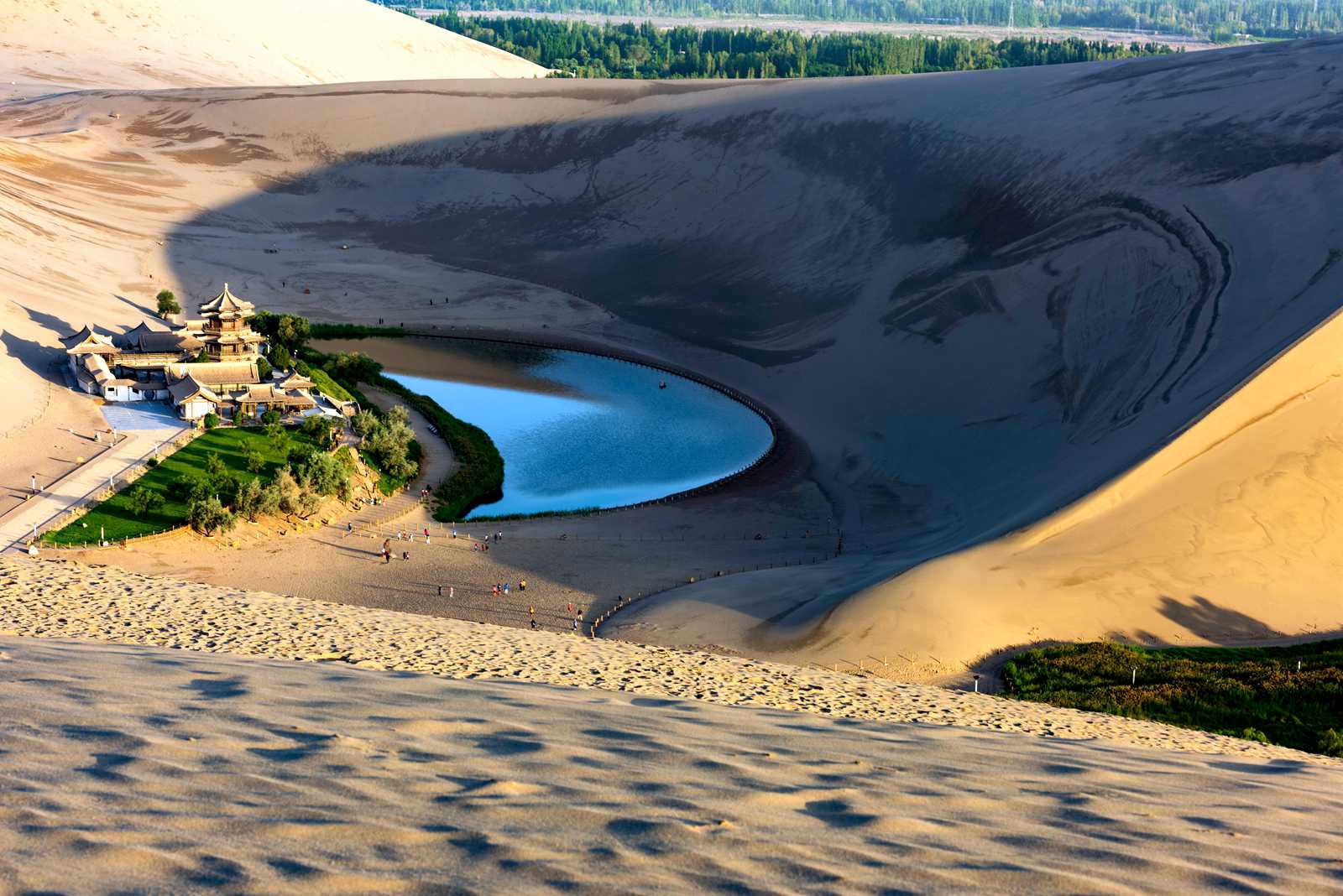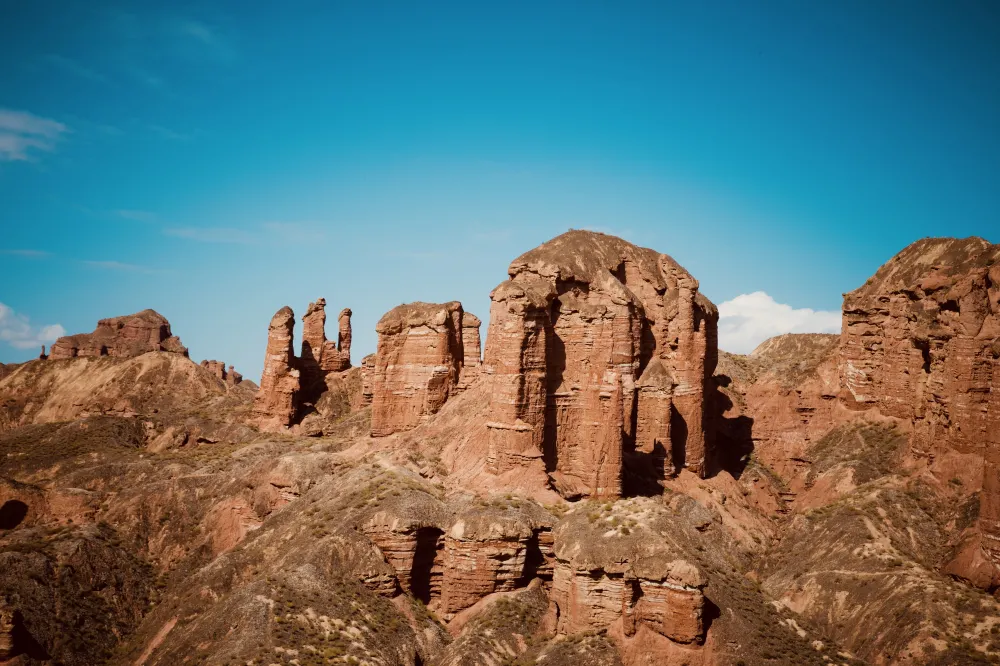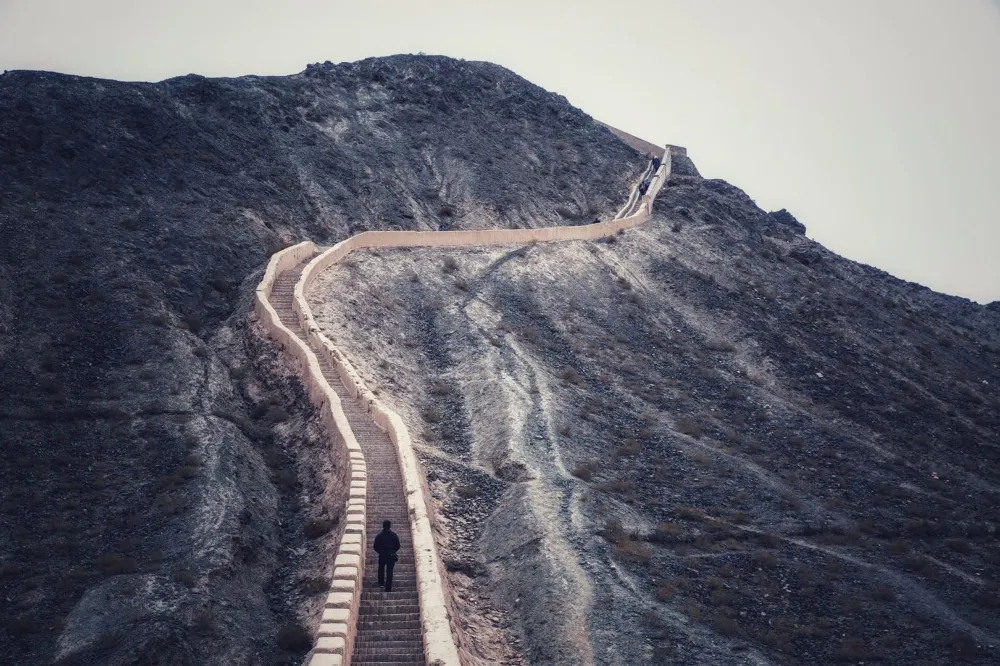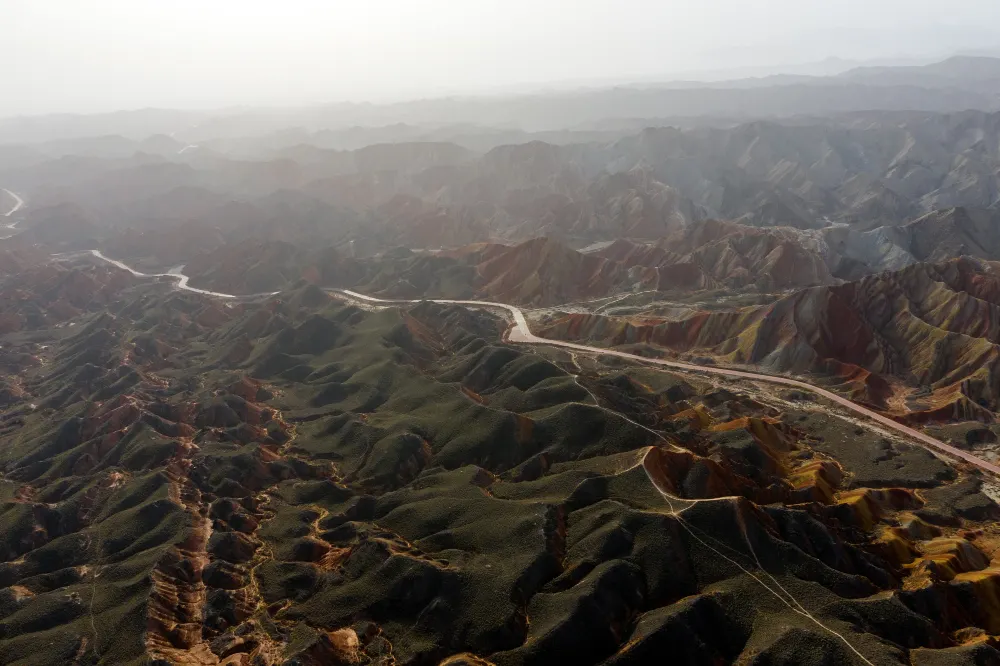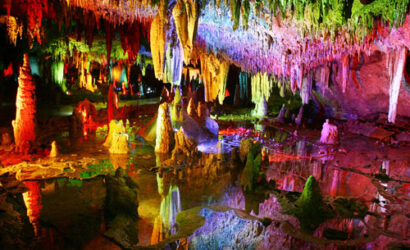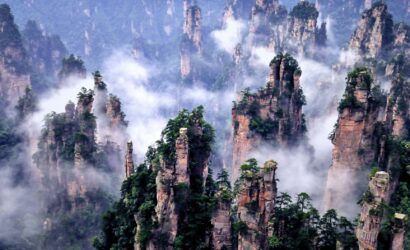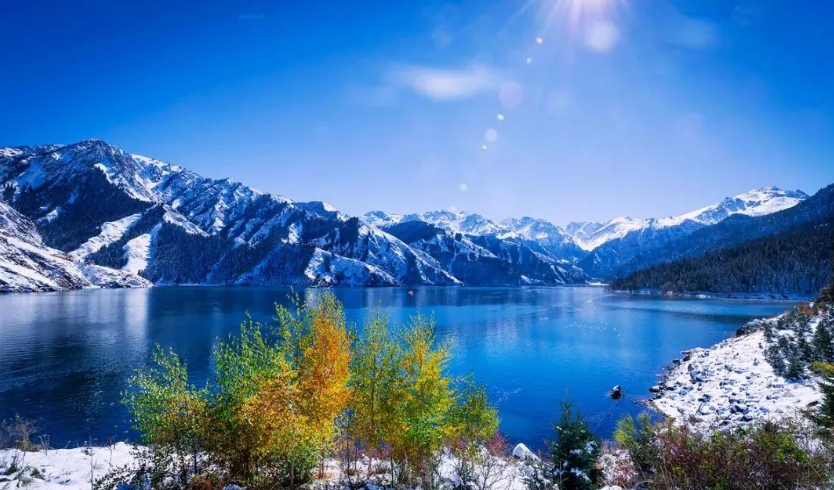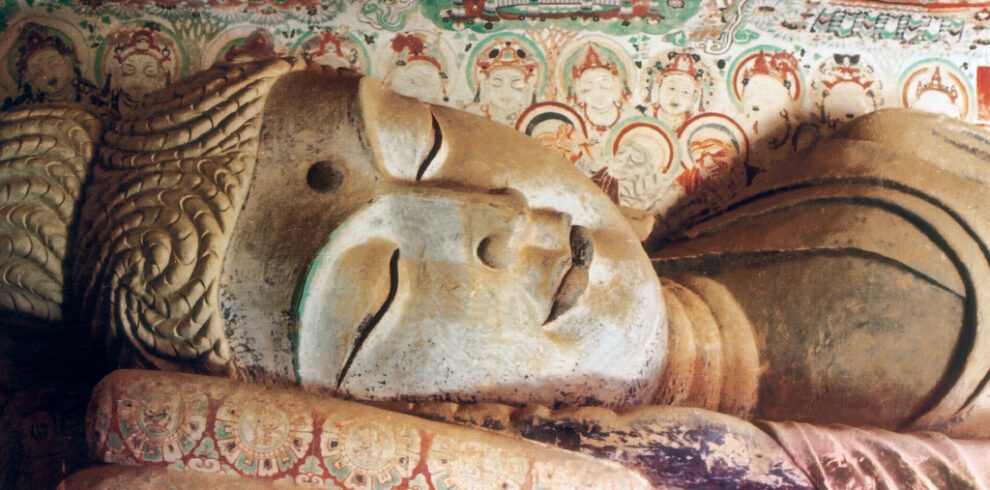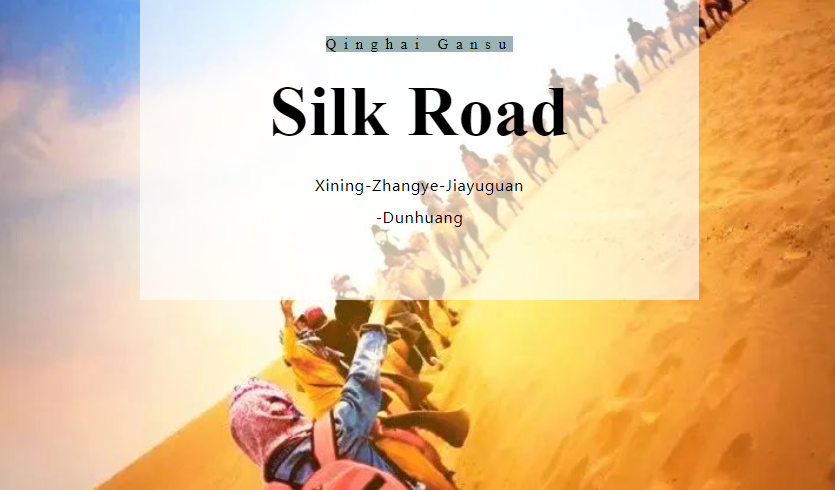Gansu Tour C-Highlights:
1.Non shopping tour
2.No tourist traps
3.No hidden fee
4.The best use of time
5.Flexible itinerary
6.Licensed guides and tour vehicles
7.Unbeatable price and 5 stars service
8 Days Gansu Tour Zhangye-Dunhuang
Day 1:Zhangye-Arrival
Day 2:Zhangye- Binggou Danxia Scenic Area – Hexi Corridor
Day 3:Zhangye-Jiayuguan (Around 2.5hours by driving) -Giant Buddha Temple-Horse Hoof Temple Grottoes
Day 4:Jiagyuguan-Guazhou(Around 3hours by driving)- Painting Bricks- Jiayuguan Pass-Museum of the Great Wall
Day 5:Guazhou – Dunhuang (Around 1.5hours by driving) -Yulin Grottoes-the ruins of Suoyangcheng
Day 6:Dunhuang -Jade Gate Pass – Great Wall of Han Dynasty-Crescent Moon Lake – the Singing-Sand Dunes
Day 7:Dunhuang – Mogao Grottoes – Digital Film Center
Day 8:Dunhuang -Departure
8 Days Gansu Tour Zhangye-Dunhuang
Price Includes:
- 1.All entrance fees as listed in itinerary.
- 2.Professional English-speaking guide & driver + air conditioned vehicle.
- 3.Allowance for the guide and driver
- 4.Hotel accommodations as listed in the itinerary(Standard Room with twin share basis)
- 5.Round trip transfers between airports or railway stations and hotels.
- 6.Service charge & Government taxes
Price Excludes:
- 1.Personal expenses.
- 2.Visa fees.
- 3.Excess baggage charges.
- 4.Tips or gratitude to guides or drivers.
- 5.Meals
- 6.Airfare

